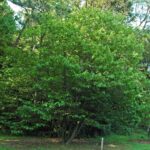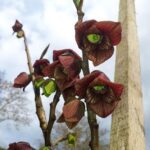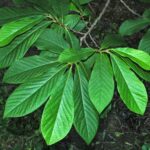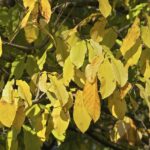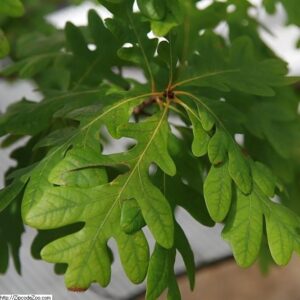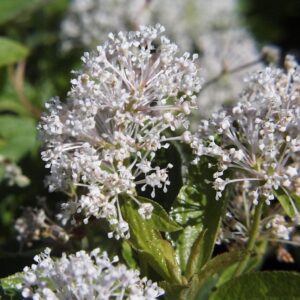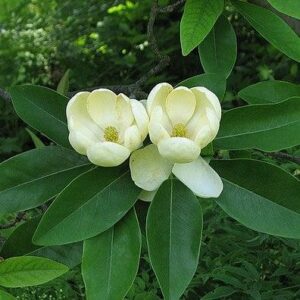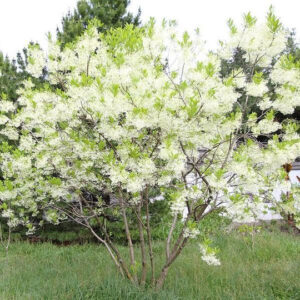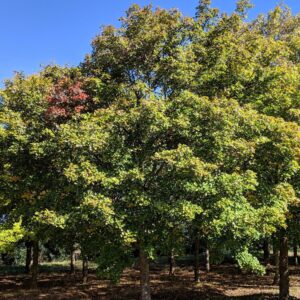The Tall Pawpaw, scientifically known as Asimina triloba, is a species of small deciduous tree that is native to the eastern United States. It is also commonly referred to as the Common Pawpaw or the Indiana Banana.
The Tall Pawpaw tree typically grows to a height of 15 to 30 feet, although it can occasionally reach up to 40 feet. It has large, dark green oblong-shaped leaves are aromatic when crushed and can turn yellow in the fall. The tree produces unique, maroon-colored flowers in the spring, which are followed by edible fruit in the late summer or early fall.
The fruit of the Tall Pawpaw is often described as having a custard-like texture and a sweet, tropical flavor. It is highly sought after by enthusiasts and can be enjoyed fresh or used in various culinary applications.
|
Type: |
Tree |
|
Origins: |
East and Central N. America, GA Native |
|
Height: |
15′ – 30′ |
|
Spread: |
15’ – 30′ |
|
Spacing: |
20′ |
|
USDA Hardiness Zone: |
5 – 9 |
|
Culture: |
Full Sun, Part Sun, Full Shade |
|
Bloom Color: |
Purple |
|
Season of Interest: |
Summer, Fall |
MAINTENANCE NEEDS: Low Maintenance. No serious pests or diseases. Grows in shade but will be more leggy. Direct skin contact with fruit skin can cause irritation-wear gloves while handling.
LANDSCAPE USES: Accents or Group Plantings, Borders, Naturalized Areas, Wildlife Gardens, and Shade Tree.
COMPANION PLANTS: Palm Sedge, Golden Ragwort, Wild Geranium
IMAGES: Photos by James St. John, (1) Asimina Triloba (Pawpaw Tree), (2) Asimina triloba (pawpaw tree) 2
*As plants have ranges in appearance they may not appear as the images shown.

